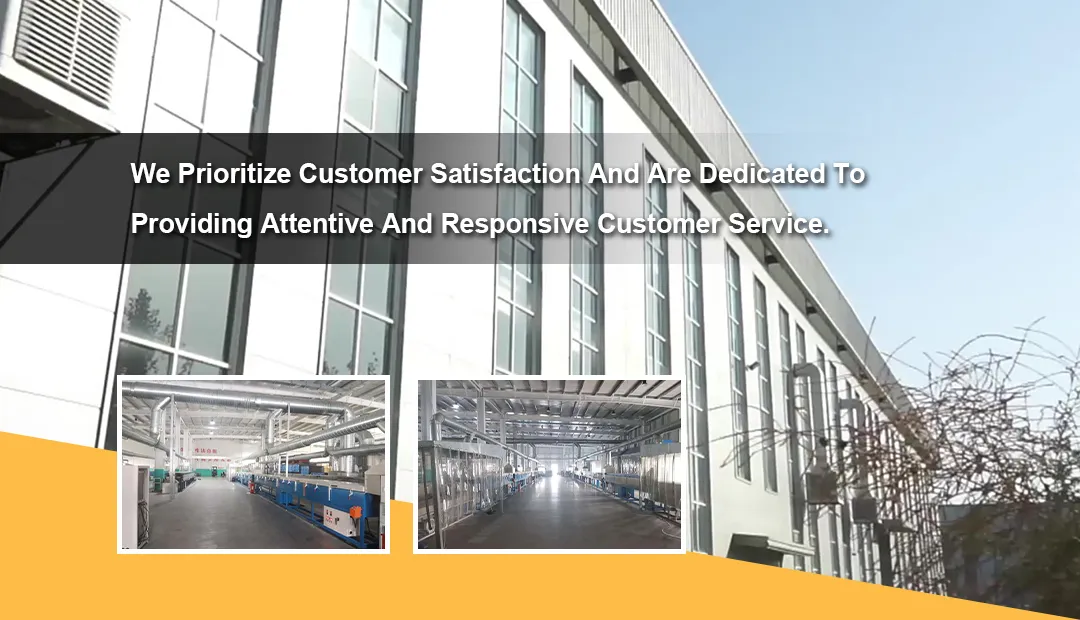Effective Solutions for Protecting Edges and Corners in Various Environments and Applications
Understanding Edge and Corner Protectors A Comprehensive Guide
In today’s fast-paced world, safety and durability have become paramount for both residential and commercial spaces. One often overlooked but crucial aspect of maintaining a safe environment is the use of edge and corner protectors. These protective solutions serve a dual purpose minimizing the risk of injury and preserving the integrity of furniture and building structures.
What Are Edge and Corner Protectors?
Edge protectors are designed to shield the sharp edges of furniture, walls, countertops, and other surfaces. Similarly, corner protectors are specifically designed for the corners of furniture items, walls, and even door frames. They are available in various materials, including foam, rubber, plastic, and metal, depending on the intended application and required durability.
Why Are They Important?
1. Safety First One of the primary reasons to invest in edge and corner protectors is safety. In homes with children or elderly individuals, sharp edges can pose significant risks. A sudden bump against a corner can result in serious injuries. Edge protectors help to soften impacts, making environments safer for all.
2. Preventing Damage When moving furniture or during day-to-day activities, edges and corners are often the first points of contact that face potential damage. Protective corners can help prevent nicks and scratches, extending the life of your furniture and walls. For businesses, this can translate into substantial cost savings in repairs and replacements over time.
3. Aesthetic Appeal Modern edge and corner protectors come in a variety of styles, colors, and materials, allowing you to choose options that complement your home or office decor. They can seamlessly blend in or serve as decorative elements, enhancing the overall aesthetic while providing necessary protection.
4. Versatile Applications Edge and corner protectors are not limited to indoor usage. In commercial settings, they can protect both employees and customers in high-traffic areas. They are also commonly used in industrial environments where heavy equipment is in use. Additionally, packages and shipments can benefit from edge protectors, reducing the likelihood of damage during transport.
edge corner protector

Choosing the Right Protector
When selecting edge and corner protectors, consider the following factors
- Material Choose a material that suits your needs. For example, softer materials like foam are excellent for home use, particularly in environments with children, while tougher materials like metal or high-density plastic may be more suitable for commercial settings.
- Installation Many edge and corner protectors come with adhesive backing for easy installation, while others may require more permanent mounting solutions. Assess the ease of installation based on your situation.
- Size and Shape Measure the surfaces you intend to protect to ensure you select appropriately sized products. The design should also align with the contours of the edges and corners being protected.
- Regulatory Compliance In commercial environments, particularly in industries such as food service or healthcare, ensure that your choice of protectors complies with relevant safety regulations.
Conclusion
Edge and corner protectors play a critical role in creating safe and lasting environments, both at home and in commercial spaces. By investing in the right protective solutions, you not only enhance safety but also ensure the longevity of your furniture and structures. With a wide range of options available, it has never been easier to find protective solutions that suit your aesthetic and functional needs. Remember, safety is an investment—don’t overlook the little things that can make a big difference!
-
Under Door Draught Stopper: Essential ProtectionNewsJul.31,2025
-
Garage Door Seal and Weatherstrips for ProtectionNewsJul.31,2025
-
Edge Banding Tape for Perfect EdgesNewsJul.31,2025
-
Table Corner Guards and Wall Corner ProtectorsNewsJul.31,2025
-
Stair Nose Edging Trim and Tile Stair SolutionsNewsJul.31,2025
-
Truck Bed Rubber Mats for Pickup BedsNewsJul.31,2025
-
Window Weather Stripping for Noise ReductionNewsJul.29,2025